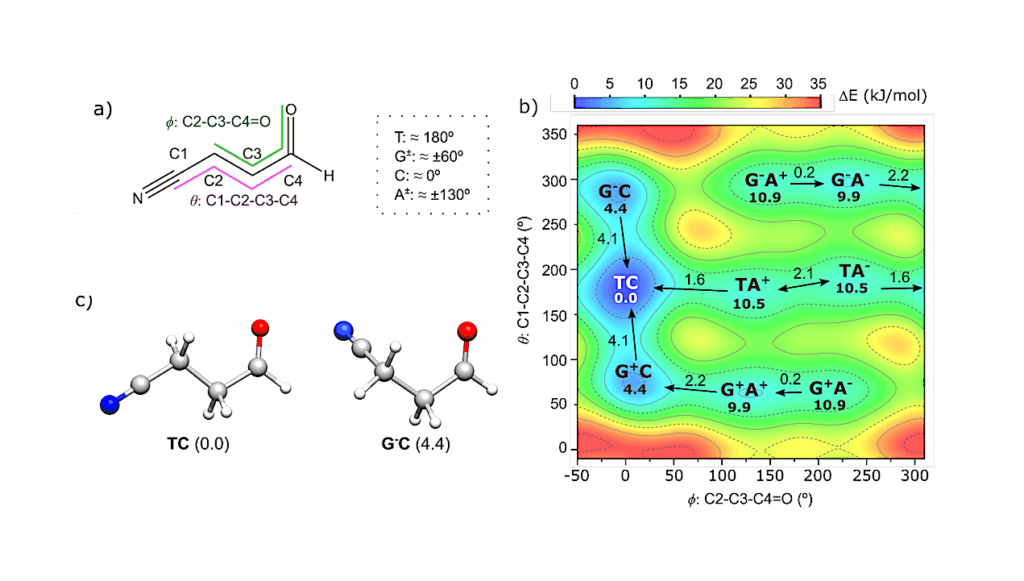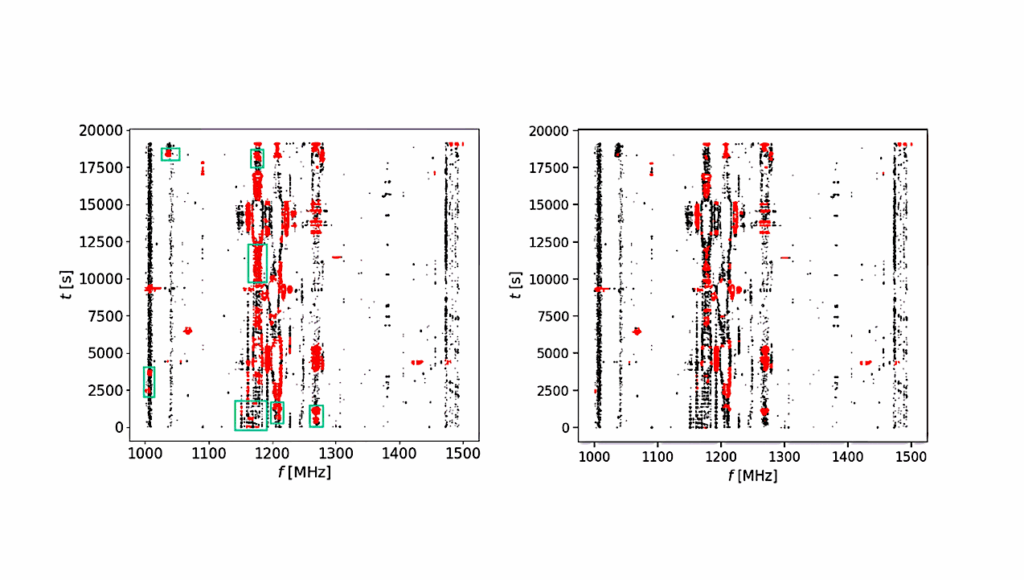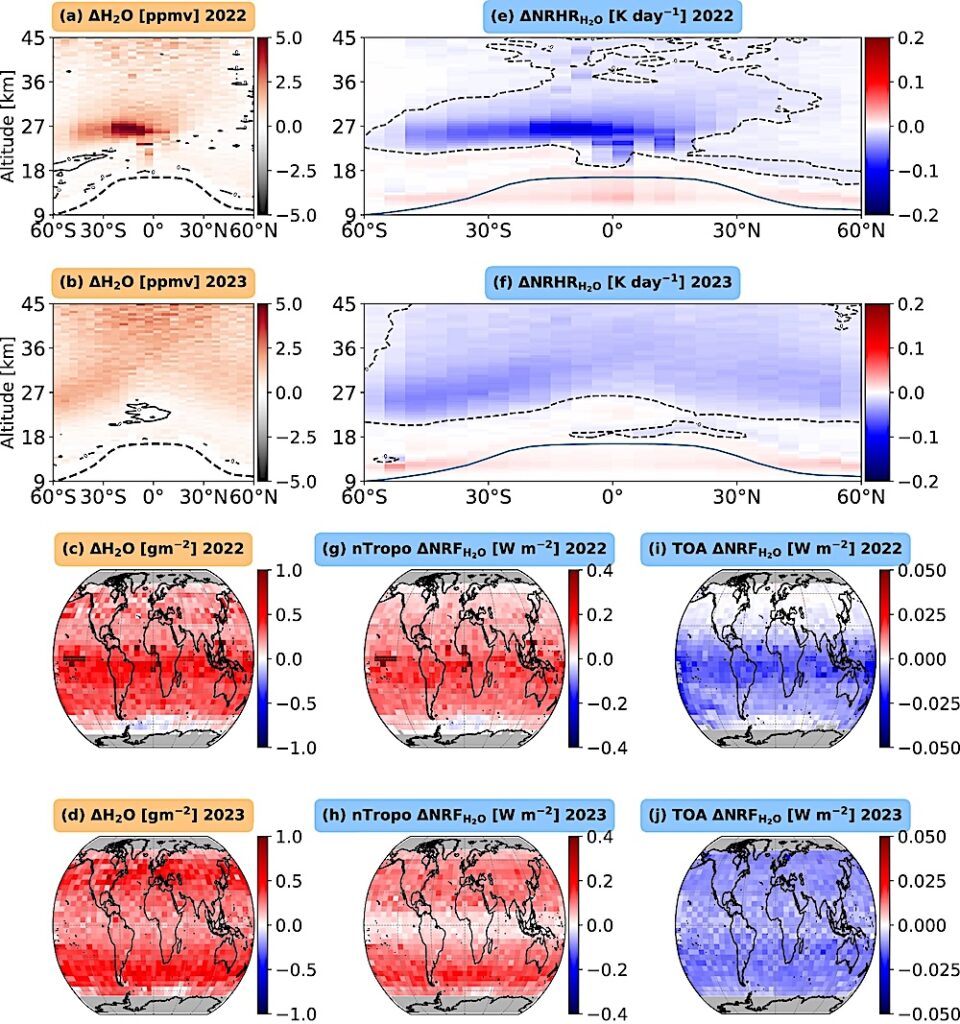A Radio Technosignature Search Of TRAPPIST-1 With The Allen Telescope Array

Planet-planet occultations (PPOs) occur when one exoplanet occults another exoplanet in the same system as seen from the Earth’s vantage point. PPOs may provide a unique opportunity to observe radio “spillover” from extraterrestrial intelligences’ (ETIs) radio transmissions or radar being transmitted from the further exoplanet towards the nearer one for the purposes of communication or scientific exploration.
Planetary systems with many tightly packed, low-inclination planets, such as TRAPPIST-1, are predicted to have frequent PPOs. Here, the narrowband technosignature search code turboSETI was used in combination with the newly developed NbeamAnalysis filtering pipeline to analyze 28 hours of beamformed data taken with the Allen Telescope Array (ATA) during late October and early November 2022, from 0.9–9.3~GHz, targeting TRAPPIST-1.
During this observing window, 7 possible PPO events were predicted using the NbodyGradient code. The filtering pipeline reduced the original list of 25 million candidate signals down to 6 million by rejecting signals that were not sky-localized and, from these, identified a final list of 11127 candidate signals above a power law cutoff designed to segregate signals by their attenuation and morphological similarity between beams.
All signals were plotted for visual inspection, 2264 of which were found to occur during PPO windows. We report no detection of signals of non-human origin, with upper limits calculated for each PPO event exceeding EIRPs of 2.17–13.3 TW for minimally drifting signals and 40.8–421 TW in the maximally drifting case. This work constitutes the longest single-target radio SETI search of TRAPPIST-1 to date.

SNR-ratio vs. DOT scores for each day of the TRAPPIST-1 observations. Each observation was analyzed independently to account for temporal variability in the RFI environment. The red dashed line represents a conservative cutoff defined by an empirical power law designed to isolate the bulk of the RFI. RFI is expected to have high DOT scores and low SNR-ratios while true signals are expected to trend toward lower DOT scores and higher SNR-ratios. All signals above the cutoff are plotted as individual black points while signals captured below the cutoff are represented as a heatmap, with the colorbar showing the base 10 exponent of the number of signals represented in a given region. — astro-ph.EP
Nick Tusay (1 and 2 and 3), Sofia Z. Sheikh (3 and 4 and 5), Evan L. Sneed (6 and 4 and 3), Wael Farah (4 and 5), Alexander W. Pollak (5), Luigi F. Cruz (5), Andrew Siemion (4 and 5 and 7), David R. DeBoer (7), Jason T. Wright (1 and 2 and 3) ((1) Department of Astronomy & Astrophysics, The Pennsylvania State University, (2) Center for Exoplanets and Habitable Worlds, (3) Penn State Extraterrestrial Intelligence Center, (4) Breakthrough Listen, University of California, Berkeley, (5) SETI Institute, (6) Department of Earth & Planetary Sciences, University of California, Riverside, (7) Department of Astronomy, University of California, Berkeley)
Subjects: Earth and Planetary Astrophysics (astro-ph.EP); Instrumentation and Methods for Astrophysics (astro-ph.IM)
Cite as: arXiv:2409.08313 [astro-ph.EP] (or arXiv:2409.08313v1 [astro-ph.EP] for this version)
https://doi.org/10.48550/arXiv.2409.08313
Focus to learn more
Submission history
From: Nick Tusay
[v1] Thu, 12 Sep 2024 17:57:57 UTC (3,750 KB)
https://arxiv.org/abs/2409.08313
Astrobiology, SETI,








